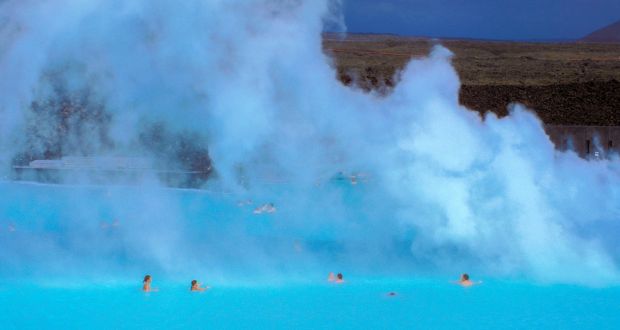A heat engine is a thermophotovoltaic cell, similar to a solar panel photocell, that captures high-energy photons and converts them into electricity.
The design, invented by experts from MIT and the National Renewable Energy Laboratory (NREL), generates current from a source with a temperature of 1900 to 2400 degrees Celsius.
The invention has been tested and demonstrated a high level of performance – over 40%, more than conventional steam turbines.
Over 90% of the world’s electricity is generated by heat sources such as coal, natural gas, nuclear power and concentrated solar power. For centuries, steam turbines have been the industry standard for converting heat into electricity.
On average, a steam turbine converts 35% of heat into electricity, and the maximum figure for today is 60%. However, these devices consist of moving parts, which are adversely affected by temperatures above 2000 degrees.
In recent years, engineers have become interested in alternative steam turbines with no moving parts that can operate at higher temperatures.
These include, for example, thermophotovoltaic cells made from semiconducting materials with a certain energy gap. If such a material absorbs a photon with a high enough energy, it launches an electron through that gap. As a result, electricity is generated without spinning rotors or blades.
True, so far the average performance of thermophotovoltaic cells has reached approximately 20% with a maximum of 32%. They were made from materials with a relatively low energy gap, which converts low-temperature and low-energy photons, and therefore their efficiency remained low, writes MIT News.
MIT and NREL engineers assembled a thermal photovoltaic cell from two types of alloys, with a low and high energy gap, under which there is a layer of polished gold.
The top layer captures the highest energy photons and converts them into electricity, the second works with those photons that have passed the first layer. All photons that have reached the mirror layer are reflected back so as not to create waste heat.

